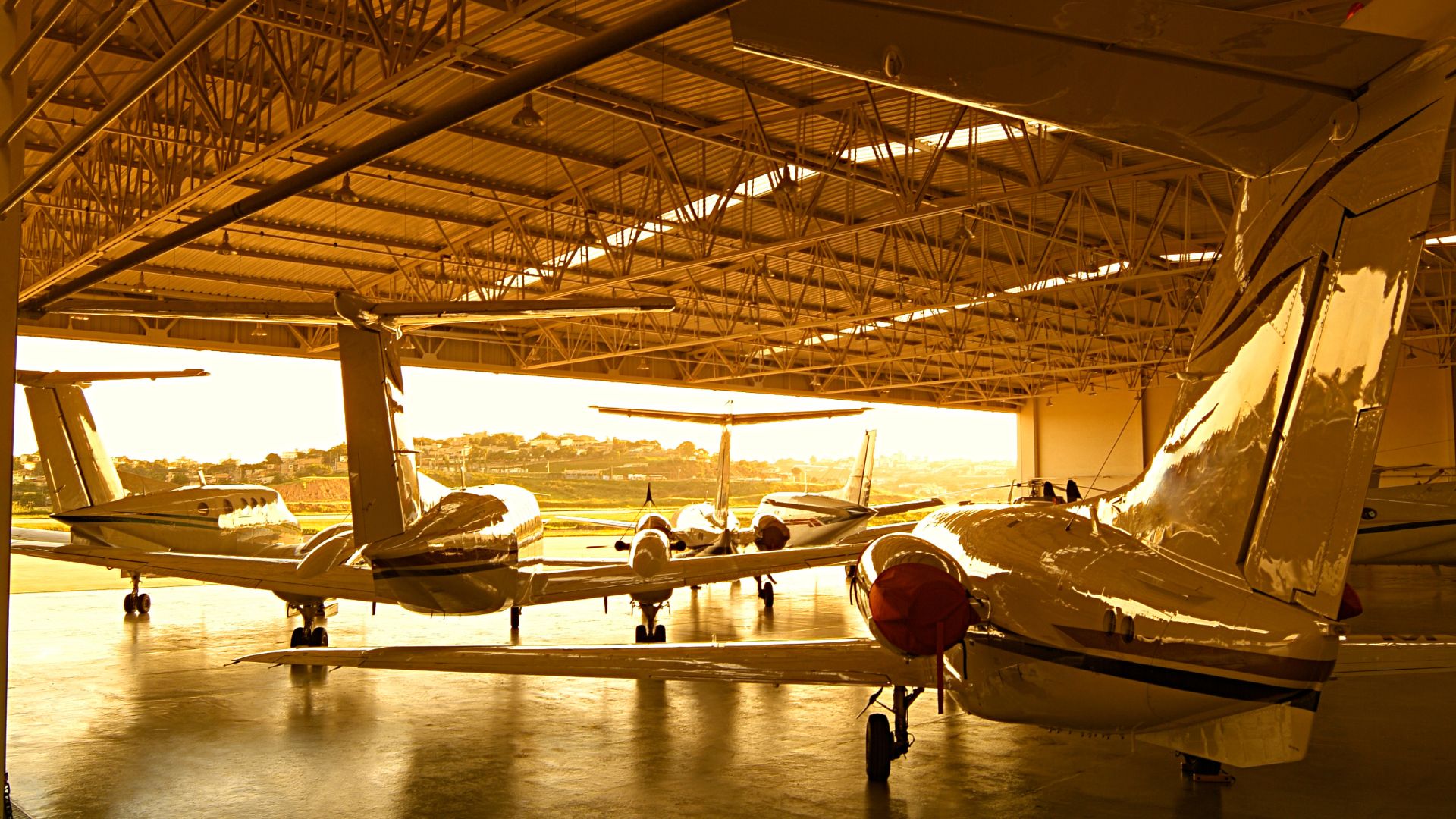
What Is Hull Insurance?
Hull insurance or aircraft hull insurance is a type of insurance product that aims to provide financial loss protection for aircraft frames. Hull insurance, which is part of Aviation Insurance, will protect the owner or operator of the aircraft from the risk of financial loss as a result of damage to the aircraft caused by an accident.
The condition of the accident can occur when the aircraft is in flight, is doing taxi movements (taxying), and is on the ground. Based on types of aircraft, aircraft insurance practitioners group them into two, namely first, aircrafts that are members of the fleet operated for the transportation of passengers by airlines. Secondly, airplanes that are operated by airlines or so-called general aviation such as private business aircraft, air taxis, club flying, and so on.
The premium for hull insurance is calculated based on the multiplication between the premium rate and the amount insured listed in the policy or in the policy schedule. The amount of premium for hull insurance is set in percentages for example 1% (one percent), 1.75% (one third percent) or some other percentage per year. For coverage periods that are less than 12 months (so-called short period cover) where usually the insurer applies a special rate for the short period cover.
The aircraft policy form widely used by insurers in the London Market for general aviation is a form of policy designed or co-created by Lloyd's of London and the Aviation Insurance Officers' Association (AIOA), such as Lioyd's Aircraft policy-AVN 1A 14.11.73, London Aircraft Insurance policy-AVN IB 1.10.96, and Aircraft Insurance Policy: -AVN 1C 21.12.98. However, hull insurance policies are dynamic. An example is that the change from AVN 1A to AVN 1B and later to AVN IC shows that the wordings of the policy are always reviewed and adjusted to existing developments.
Meanwhile, for the closure of airlines, a form of policy is usually used specifically designed for each of the airlines concerned. Thus, policy wordings for one airline can be different from policy wordings for other airlines. Aircraft policies usually divide the guarantee (cover) in several sections, namely Section I: cover for loss of or damage to aircraft, Section II: cover for legal liability to third parties (other than passengers), and Section III: cover for legal liability to passengers.
Cover for loss of or damage to aircraft guarantees the loss or damage to the insured aircraft that occurs suddenly (accidental) that occurs due to guaranteed risks and usually includes the loss of aircraft. Cover for loss of or damage to aircraft usually also guarantees reasonable emergency costs that need to be incurred by the insured to rescue/immediately secure the aircraft. These costs are usually limited to 10% (ten percent) of the amount insured stated in the policy schedule.
For each of these covers, special exclusions and special conditions are applied, while general conditions are applied. These special exclusions include wear and tear, worsening/damaged conditions, collapses, defects in a unit of the insured aircraft and its consequences in that unit. The next special exclusions are damage to a unit due to any object that has a gradual or compulsive effect, but this exception does not apply to damage caused by an accident that has been recorded (in the logbook).
In addition to special exclusions, against covers for loss for or damage to aircraft also apply general exclusions (general exceptions). General exclusions also apply to covers for legal liability to third parties and covers for legal liability to passengers.
In its cover, hull insurance is usually covered based on insurance value (on an insured value basis) and, in certain cases, can be closed based on agreed value (on an agreed value basis). If based on insured value, then the value of the insured aircraft is determined (by the insured) at the beginning of the coverage and is listed directly in the policy. The insured value is the market price (the market value) of the aircraft concerned at the beginning of its coverage. In the event that the insured aircraft becomes a total loss caused by a hazard guaranteed by the policy, the insurer has the option (can choose) how to compensate, namely paying the market price of the aircraft at the time / date of the loss (cash settlement method) but not greater than the insured value stated in the policy or replacing the aircraft that suffered the loss with another aircraft (replacement method).
Based on the agreed value, the value or value of the insured aircraft is also determined at the beginning of the coverage and based on a mutual agreement between the insured and the insurer and the value that has been mutually agreed upon is stated directly in the policy. The policy for coverage contains or attaches an agreed value clause which essentially confirms that in the case of a claim for total loss, the insurer will pay to the insured the agreed value of the aircraft in question listed in the deductible policy stated in the policy, if any.
Well, for the deductible or excess provision itself is a certain amount or a certain percentage of the hull value that must be borne by the insured himself in the claim arising from every accident. For fixed wing aircraft, deductibles or excess are usually applied only to partial loss claims. Meanwhile, for rotor wing aircraft such as helicopter, deductibles are usually applied to partial loss claims and total loss claims.











